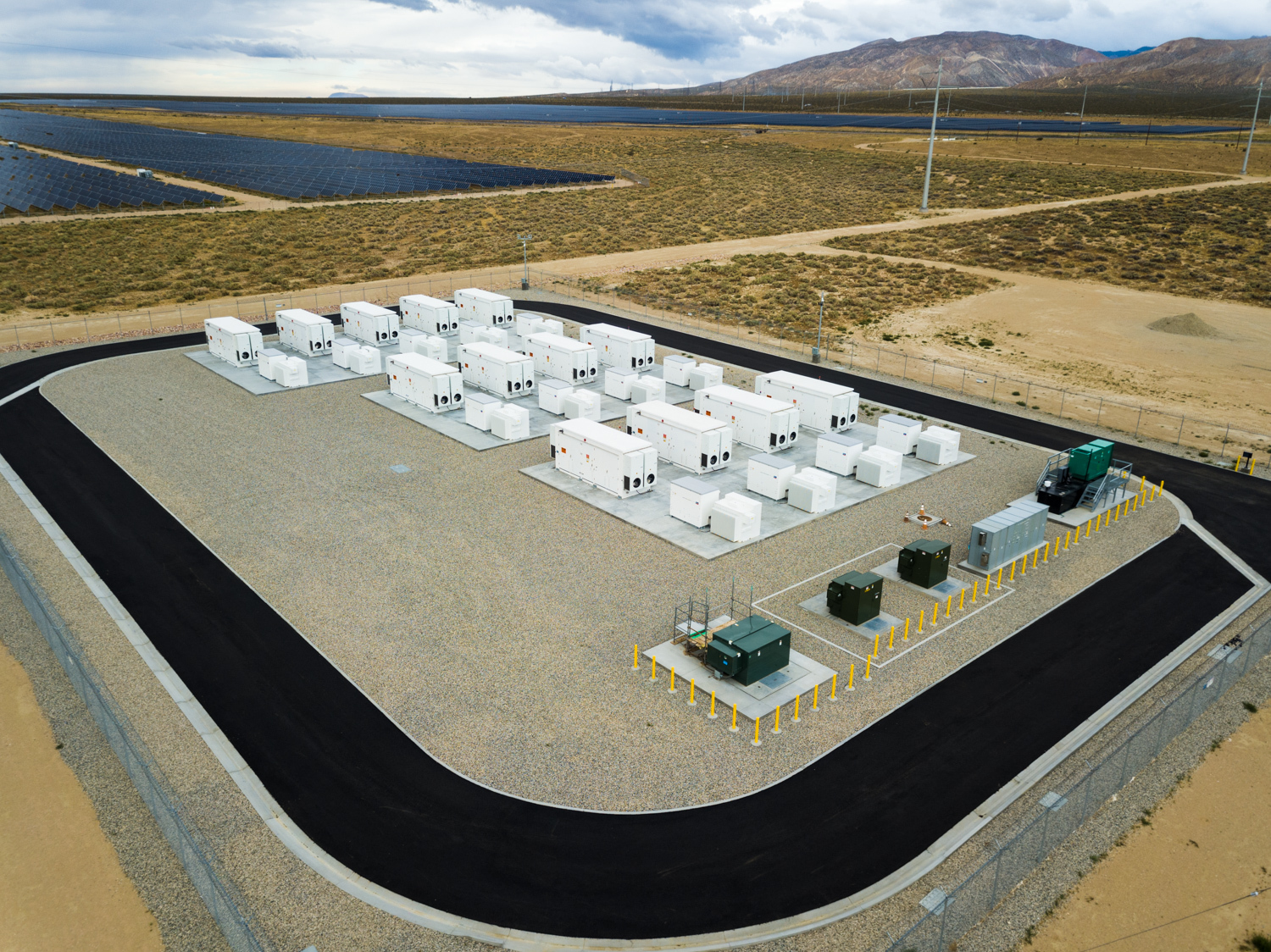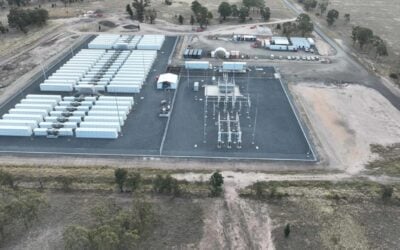
The stationary energy storage industry, with batteries as the prime mover, has enjoyed a series of record years of deployment across North America, Europe and Asia in particular, but what comes next after that first wave? What are the challenges still posed for the ‘mainstream’ adoption of cost-effective energy storage technologies in a modern, low-carbon grid?
PV Tech Power, the downstream solar industry journal from our publisher Solar Media, has reached its fifth ‘birthday’ and Volume 20 of the quarterly magazine, out now, includes a special report on energy storage. In addition to some excellent technical papers and guest submissions, every edition of the magazine has for more than five years brought you the latest news and feature articles from writers and industry experts at PV Tech, Energy-Storage.news and our other channels including energy transition site Current± and Solar Power Portal (UK).
It’s got the usual great solar PV industry analysis on everyone’s favourite topics, technologies and gripes. From bi-facial modules in a post-trade tariff environment, to president Emmanuel Macron’s attempts to revive French solar makers, to the impact of digitalisation on the solar industry, PV Tech Power 20 has it covered across its mammoth 126 pages. Better understanding of corporate solar PPAs, the ‘terawatt opportunity’ of floating PV, utility-scale solar site safety and much more, from the worlds of solar technology, business and inevitably, policy.
But this issue’s Special Report focuses squarely on energy storage, with no less than seven feature articles and technical papers looking at everything from the policy and regulatory initiatives that still need to happen, to bankability and profitability of ESS, system technologies and architecture, all the way to recycling and end-of-life care for batteries. Additionally, Energy-Storage.news’ contributed section of the journal, Storage & Smart Power, returns once again, with feature articles on the UK’s recent blackouts and how batteries can help maintain system stability, the role of flexibility in smarter energy networks and finally a fascinating technical paper on the role batteries can play in delivering a ‘synchronous grid takeover’.
Try Premium for just $1
- Full premium access for the first month at only $1
- Converts to an annual rate after 30 days unless cancelled
- Cancel anytime during the trial period
Premium Benefits
- Expert industry analysis and interviews
- Digital access to PV Tech Power journal
- Exclusive event discounts
Or get the full Premium subscription right away
Or continue reading this article for free
You can download the entire magazine now as a PDF file or to view in your browser here. Feature articles will be later syndicated on the sites in the coming weeks.
With many thanks to all of our contributors and advertisers.






